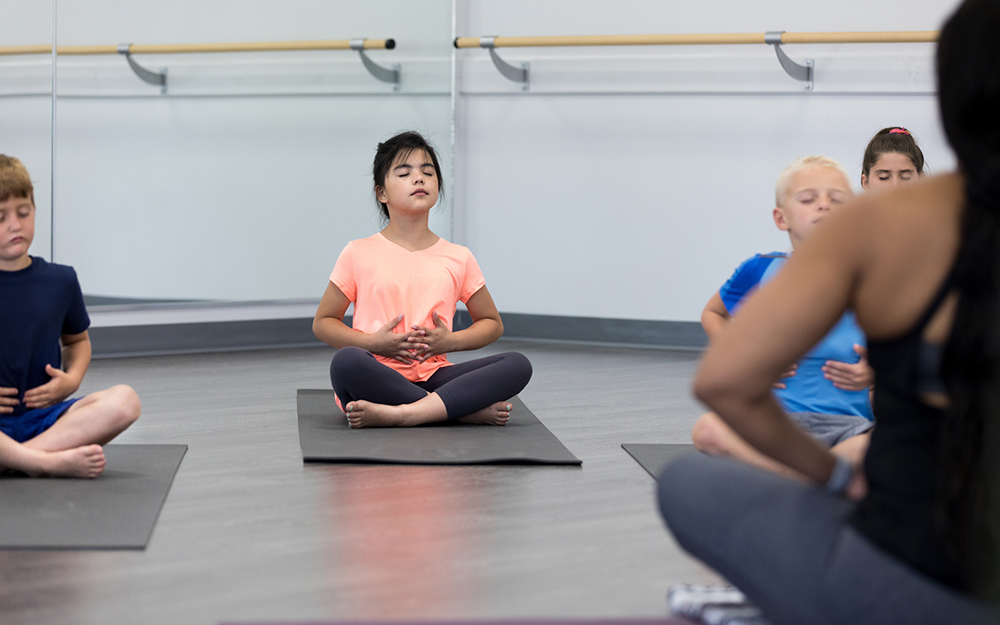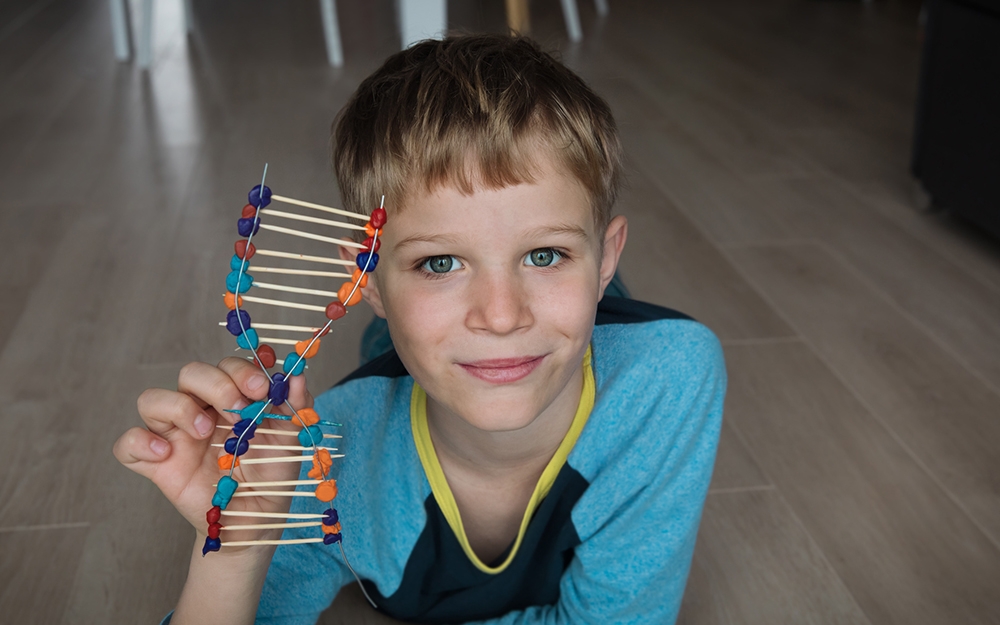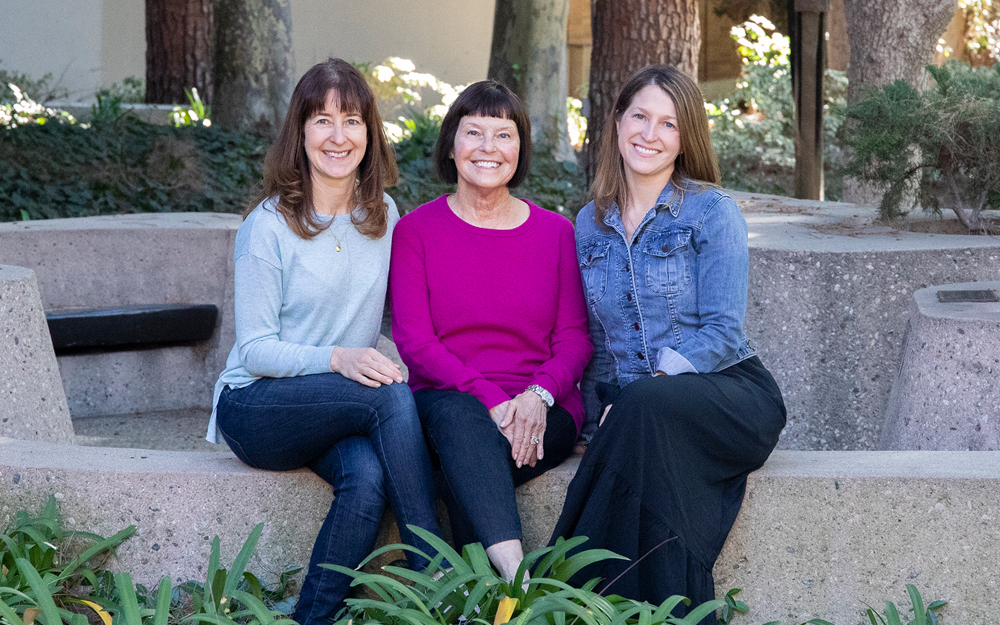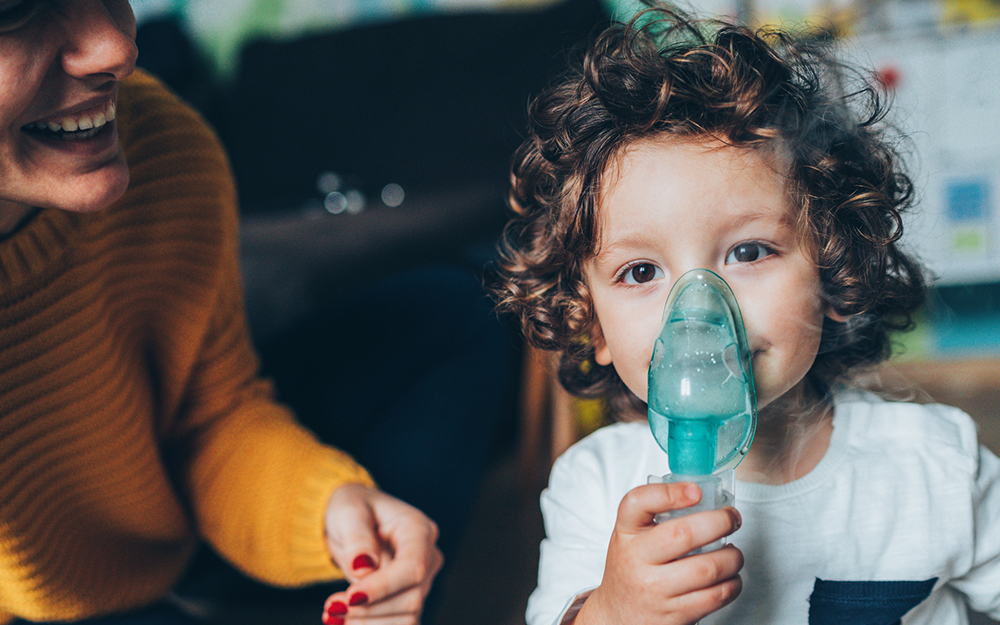Five Deep Breathing Exercises for Kids and Teens
Date
December 15, 2023

Date
December 15, 2023
Credits
Medical providers featured in this article

In Brief
{{cta-block}}
When you’re anxious, it can feel like there’s no way out. This is especially true for kids and teens, who are experiencing many things for the first time.
One simple—but effective—solution is deep breathing. Breathing exercises encourage young people to focus attention away from their fears and onto their breath.
“Breathing techniques calm down your mind and body so you are better able to deal with stressful situations,” explained Suzanne Silverstein, MA, founding director of Cedars-Sinai’s Share & Care program.
Common events such as starting a new school year, taking a major math test, going through body changes, or getting into an argument with a friend or parent can often feel overwhelming for young people. Social media can cause even more strain, fueling unrealistic expectations and allowing peer pressure to follow kids and teens out of school and into their homes.
Many youth are also struggling with a mental health crisis brought on by the COVID-19 pandemic and the resulting instability and isolation. Research shows anxiety in children and adolescents doubled from pre-pandemic rates to almost 20%.
It’s critical for young people to learn how to cope with challenges and work through big feelings in a healthy way, Silverstein cautioned. Excessive, unchecked stress can have a lifelong impact, leading to or worsening depression, substance use disorder, heart disease, stroke, asthma, and sleep and digestion problems.
“Kids and teens who are anxious or depressed don’t realize that rough patches have a time limit and they will feel better eventually,” Silverstein said. “Without someone to talk to and help them recognize that, it can spin out of control.”
If your teen is struggling, a trusted doctor or school counselor can restore hope and get them back on track. The Adolescent Health Program at Cedars-Sinai Guerin Children’s offers teens emotional support and mental health resources, including medication, if needed.
“Health isn’t just physical,” said Michelle Escovedo, MD, an adolescent medicine specialist at Cedars-Sinai Guerin Children’s. “Mental health is crucial, and learning coping strategies is the first step.”
{{providers}}
Breathe In, Breathe Out
Humans respond to perceived danger with a “fight-or-flight” survival instinct. The nervous system sends our heart racing, while our muscles tense up, palms sweat and stomach twists into knots. Our airway also tightens—speeding up our breathing.
But we have a built-in deprogramming button, as well: the relaxation response, which brings our blood flow and oxygen back down into normal ranges. Psychologists use relaxation strategies such as deep breathing to tap into this calming response.
The National Center for Complementary and Integrative Health points to a growing body of evidence that breathing exercises lower stress and help keep blood pressure and even blood sugar under control. A separate Stanford University study found even a small amount of mindful breathing improves kids’ and teens’ mental health.
The following breathing exercises are easy to use in everyday life, Silverstein said, and should be part of a toolkit to help young people work through worry, panic and frustration.
“Breathing exercises slow down thoughts and ground children in the moment,” she said.
"Breathing techniques calm down your mind and body, so you are better able to deal with stressful situations."
1. Cookie Breathing
Picture yourself holding a freshly baked cookie. Breathe in through your nose to smell the chocolate chips or vanilla, and then blow on the hot cookie to cool down your treat.
Best for: Small children up to age 5
“It’s a starting point,” Silverstein said.
2. Smell the Rose, Blow Out the Candle
Picture yourself holding a rose in one hand and a candle in the other. Take a big breath in through your nose to smell the sweet scent of the rose. Next, slowly blow through your mouth to put out the candle.
Best for: Small children up to age 5
Don’t worry about how much air they inhale.
“Little ones will start to understand the process,” she explained. “As they get older and do this more, they’ll be able to draw their breath deep into their tummies.”
3. Take-Five Breathing
Hold one hand out and place your other hand’s index finger at the bottom of your palm. Trace it up to the top of your thumb, and breathe in.
Trace your finger back to the bottom of your palm, and then exhale.
Repeat the process for each finger until you’ve done all five, breathing in when you reach the top of each finger and breathing out when you return to the bottom of your palm.
“Once you learn five-finger breathing, you can modify it to help in different settings,” Silverstein said. “So, a nervous teenager who has to present in class can just gently squeeze each fingernail to remind them to breathe.”
Best for: Older children and teens
4. Belly Breathing
Put your hands on your belly, and inhale slowly and deeply for four seconds.
You should feel your stomach moving out as you suck in the air. If your breath is still in your chest, it’s too shallow.
Hold the breath for seven seconds, then slowly release it over eight seconds.
Best for: Older children and teens
Smaller children who know numbers can also try this by breathing in for three seconds, then letting it out for three, Silverstein suggested. But if they’re not picking up on it, don’t force belly breathing.
“That would make anybody hyperventilate,” she said.
5. Five Senses
Pause in the morning and throughout the day to breathe and take in what’s around you, engaging each of your senses: seeing, hearing, touching, smelling and tasting.
“The senses are like magic,” said Jonathan Vickburg, associate director of Cedars-Sinai Community Health Improvement.
Best for: Teenagers
Practice Makes Perfect
Silverstein suggests practicing breathing techniques as a family. The different methods might not all work for every child or teen, she explained, but you can learn what helps your loved ones.
Start by introducing each exercise and repeating it a few times until it becomes familiar.
“If you do that enough, kids will naturally try it on their own when they have a hard time,” she said.
Escovedo cautioned that some children and teens may need a higher level of care. Call 988 immediately for any young person who is experiencing a mental health crisis.





